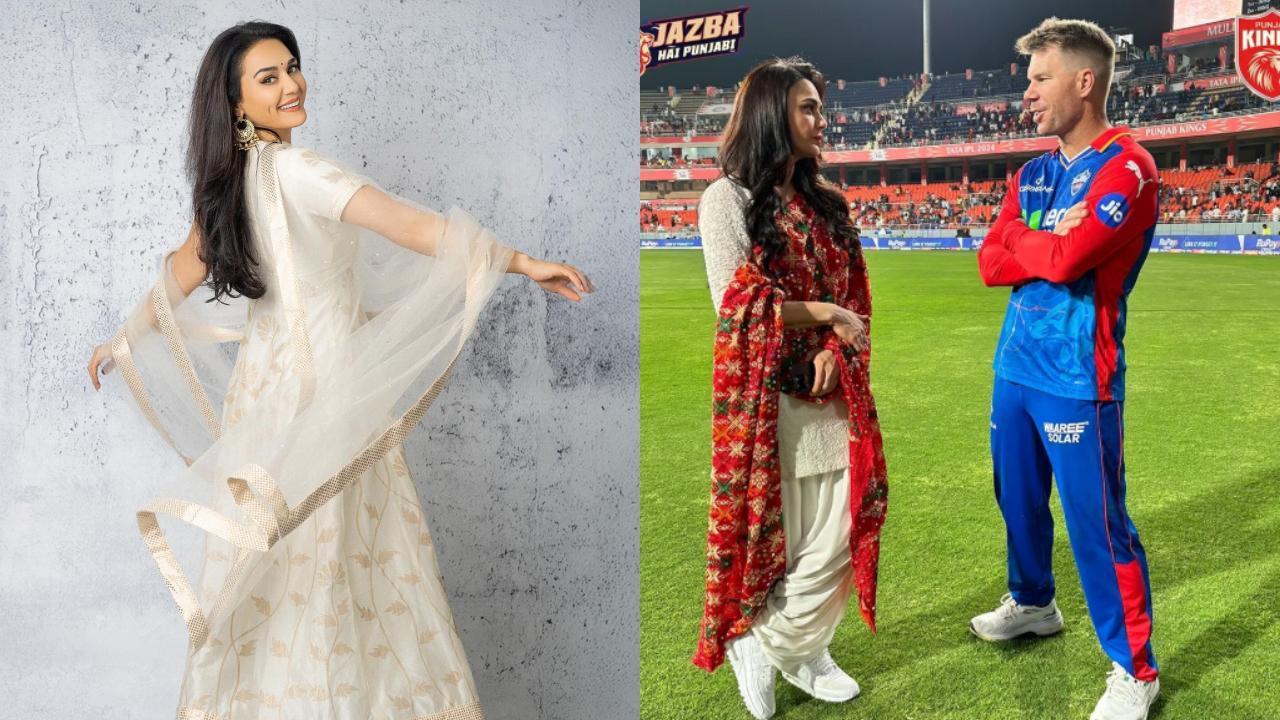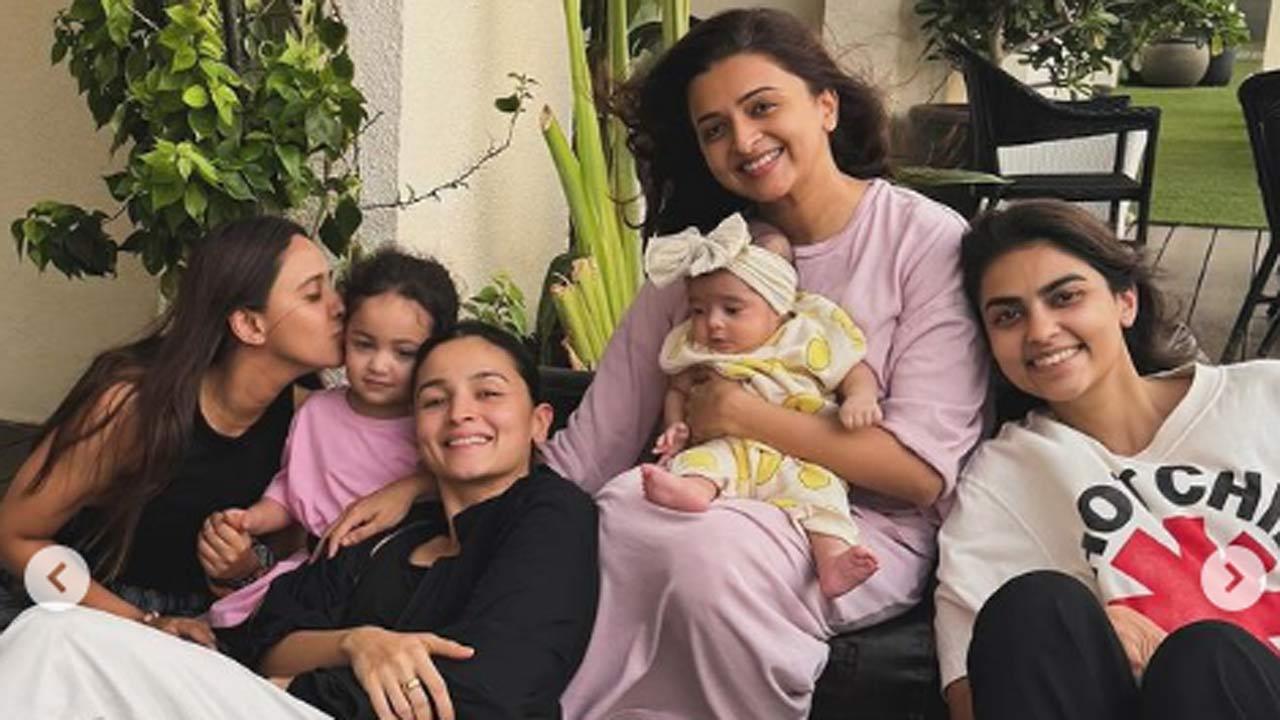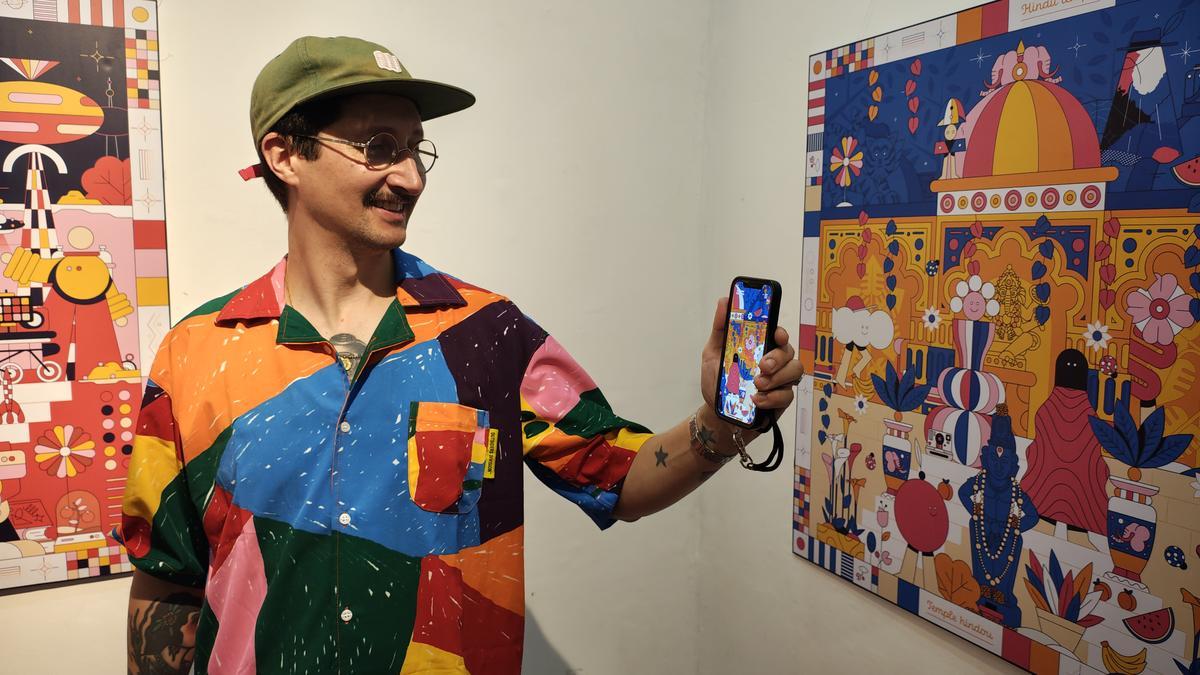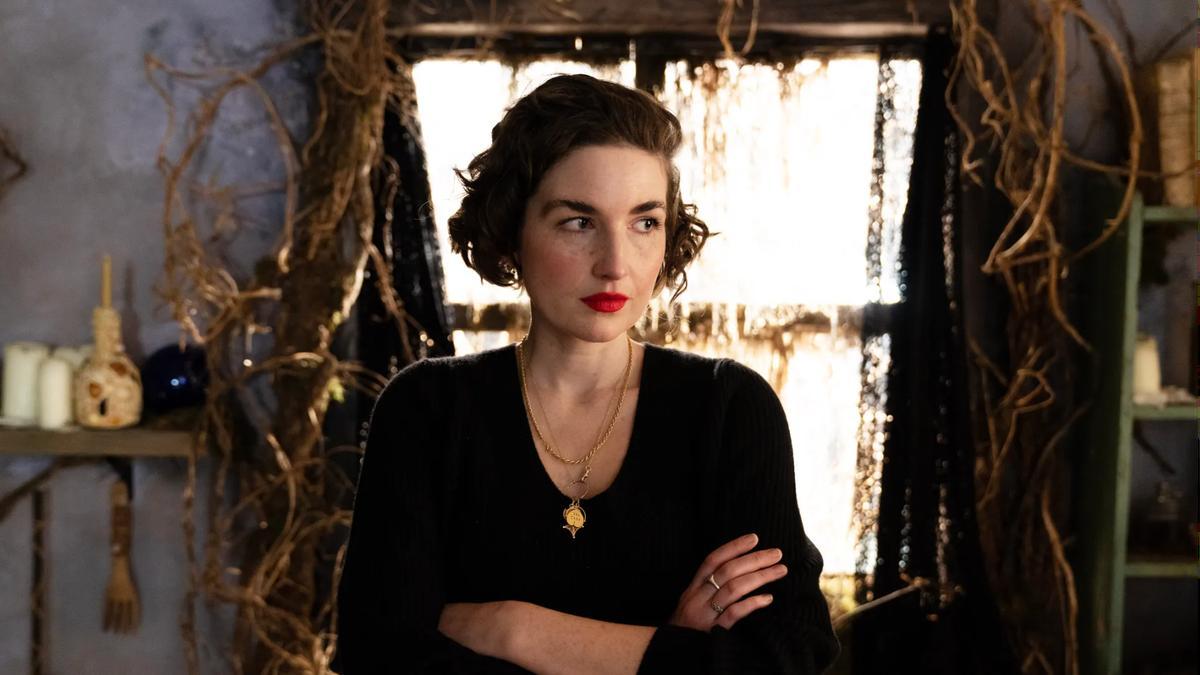
On July 25, the curtains rose on a rare and spectacular performance of pavakathakali, a unique form of glove puppetry that once thrived in Palakkad and its neighboring regions in Kerala. The performance took place at the Kottichetham Theatre in Irinjalakuda, Thrissur district, featuring traditional classics such as Kalyanasougandhikam, the long-unperformed Dakshayagam, and the premiere of Balivadham.
Nearly erased from cultural memory in the 1950s and 60s, pavakathakali was resurrected by the tireless efforts of the late Kamaladevi Chattopadhyay—a stalwart in the field of Indian arts and culture. During her mission in 1968 to rejuvenate India’s fading art forms, Kamaladevi encountered two puppets in a Thrissur museum, which led her to the realization of an almost forgotten community of puppeteers from Palakkad. This fortuitous encounter was pivotal in her mission, revealing the once flourishing tradition of staging Kathakali plays through puppetry in these regions.
Koodiyattam Guru G Venu, the founder of Natanakairali in Irinjalakuda, took on the mantle from Kamaladevi to revive this dying art form. Venu recalls the extraordinary journey, detailing Kamaladevi’s assignment to him to trace the remnants of the pavakathakali tradition. Initially focused on Koodiyattam, Venu’s quest led him to discover Chamu Pandaram of the Andi Pandaram community—originally from Andhra Pradesh but settled in Palakkad for over two centuries. This community, tailored to itinerant puppetry and storytelling, seamlessly transitioned their narrative repertoire to incorporate Kathakali, aligning with Kerala’s dominant theatrical form at the time.
As time passed, the Pandaram community faced generational shifts. With younger members moving away from this non-lucrative art form, it became a race against time to curate and safeguard the rich legacy of pavakathakali. Venu collaborated with Chamu, Karuppanan, and Velayudhan Pandaram to devise a strategy for revival. Kamaladevi’s program initiated at Vijnanakala Veedhi in Chengannur under Louba Schild’s direction, aimed at instilling the rudiments of Kathakali in young artists. This initiative saw Chamu’s son, KC Ramakrishnan, and nephew, KV Ramakrishnan, emerge as torchbearers in perpetuating their heritage.
Twenty months into the rejuvenation program, the first major recital was improvised for a performance in Delhi, catalyzed by Kamaladevi’s direct request.
. Despite being under-prepared, Venu brought the artists to Irinjalakuda, where he convened rigorous, round-the-clock rehearsals. With support from his brother and expert puppeteers, they adapted the Kathakali excerpt Kalyanasougandhikam for a powerful puppetry performance. This tale from the Mahabharata narrates Bhima’s adventure in search of a rare flower for Draupadi, marked by his encounter with his half-brother Hanuman.
The Delhi recital at the India International Centre in 1982 was a phenomenal success. Kamaladevi’s unwavering support and the troupe’s compelling performance garnered national and international acclaim, leading to extensive tours and recognition.
Today, more than four decades later, the pioneers who ushered in the revival, including Sreenivasa Kunnambath and the Ramakrishnans, acknowledge the need for a new generation to inherit and sustain this cultural art form. In this spirit, Natanakairali, in collaboration with Bhuvana Foundation, has initiated a comprehensive five-week workshop attended by seven new students from the Andi Pandaram families. Under the tutelage of seasoned practitioners—KV and KC Ramakrishnan, Sreenivasa, Kalanilayam Ramakrishnan, and Unnikrishnan PP—the workshop aims to ensure the transmission of both traditional practices and choreographed additions like Balivadham.
This revival not only perpetuates a historical legacy but also addresses a broader cultural crisis: the gradual disappearance of diverse regional puppetry traditions in Kerala. As highlighted by Sreenivasa, agrarian societal shifts and the disintegration of joint families have eroded the patronage once vital to these art forms. Instances like Moozhikkal Pankajakshi Amma’s Nokkuvidya demonstrate the possibility of cultural continuity through dedicated mentorship within families.
Ratheesh, the grandson of Velayudhan Pandaram, embodies this new wave of cultural stewardship. Balancing his livelihood as a vendor, Ratheesh is committed to preserving pavakathakali and imparting it to his young son, ensuring the tradition does not slip into oblivion.
As new blood infuses life into pavakathakali, efforts by institutions like Natanakairali signify not merely the revival of an endangered art form but the resilient spirit of Kerala’s cultural heritage, passed down through generations.










